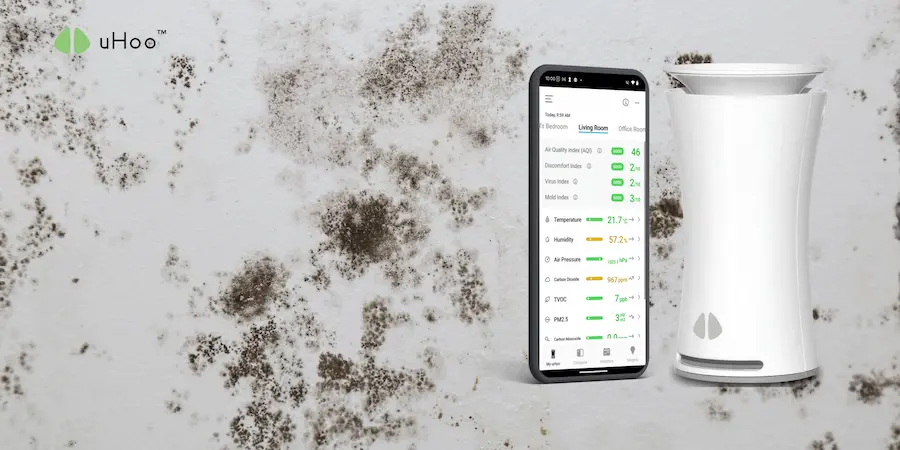Many businesses are still grappling with outdated, reactive leak detection strategies, often relying on the discovery of visible water stains, the pungent smell of mold, or employee complaints about poor air quality. This “musty” approach is not only inefficient but can also lead to significant financial losses, health hazards, and regulatory non-compliance.
It’s time for businesses to transition from musty to monitored, fundamentally upgrading their leak detection strategy with advanced air quality technology. This shift is not just about adopting new tools; it’s about embracing a proactive, data-driven methodology that ensures a safer, healthier, and more resilient operational environment.
The limitations of traditional leak detection are stark. Visual inspections are inherently sporadic and can only identify leaks once they have become overtly visible, often after considerable damage has already occurred. Olfactory cues are unreliable, as many dangerous gases are odorless, and by the time mold is smelled, its spores may have already spread widely.
Employee reports, while valuable, are often subjective and come too late, leading to prolonged exposure and costly remediation. These reactive methods inevitably result in expensive emergency repairs, extensive downtime, health-related liabilities, and a diminished brand reputation.
Upgrading to a monitored leak detection strategy involves deploying continuous environmental sensors across key areas of your business premises. These sensors actively measure a suite of indoor air quality parameters that serve as early indicators of various types of leaks. For example:
- Humidity: A sudden or sustained increase in relative humidity, particularly in localized areas, is a strong indicator of water leaks from plumbing, roofs, or HVAC condensate lines. Early detection prevents mold growth, structural damage, and the deterioration of sensitive equipment.
- Volatile Organic Compounds (VOCs): Elevated VOC levels can signal gas leaks (e.g., from natural gas appliances or refrigerants), chemical spills, off-gassing from new materials, or the presence of mold-related metabolites.
- Carbon Dioxide (CO2): While primarily an indicator of ventilation effectiveness, unusual CO2 spikes can sometimes point to gas leaks if combustion is involved, or problems with external air infiltration.
- Particulate Matter (PM2.5/PM10): A rise in airborne particles could indicate dust from damaged building materials due to water leaks or the presence of mold spores.
- Carbon Monoxide (CO): This deadly, odorless gas is a critical indicator of combustion leaks from furnaces, water heaters, or other fuel-burning appliances.
The transition from “musty” to “monitored” empowers businesses with real-time insights and automated alerts. Modern air quality monitoring systems like uHoo allow for the setting of customizable thresholds. When any monitored parameter exceeds these pre-defined safe limits, designated personnel receive instant notifications. This proactive alert system drastically reduces response times, enabling swift investigation and remediation before minor issues escalate into major crises.
Furthermore, the historical data collected by uHoo provides valuable analytical insights, helping businesses identify recurring problems, optimize maintenance schedules, and make informed decisions about building infrastructure improvements. Investing in an advanced, monitored leak detection strategy is not just about avoiding future costs; it’s about fostering a healthier, safer, and more productive environment for everyone in your business.



